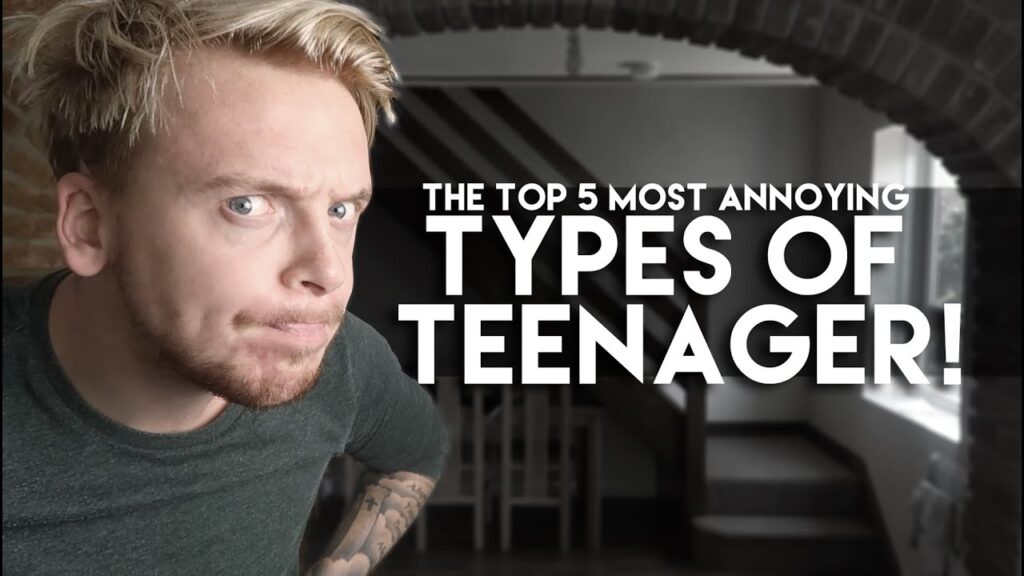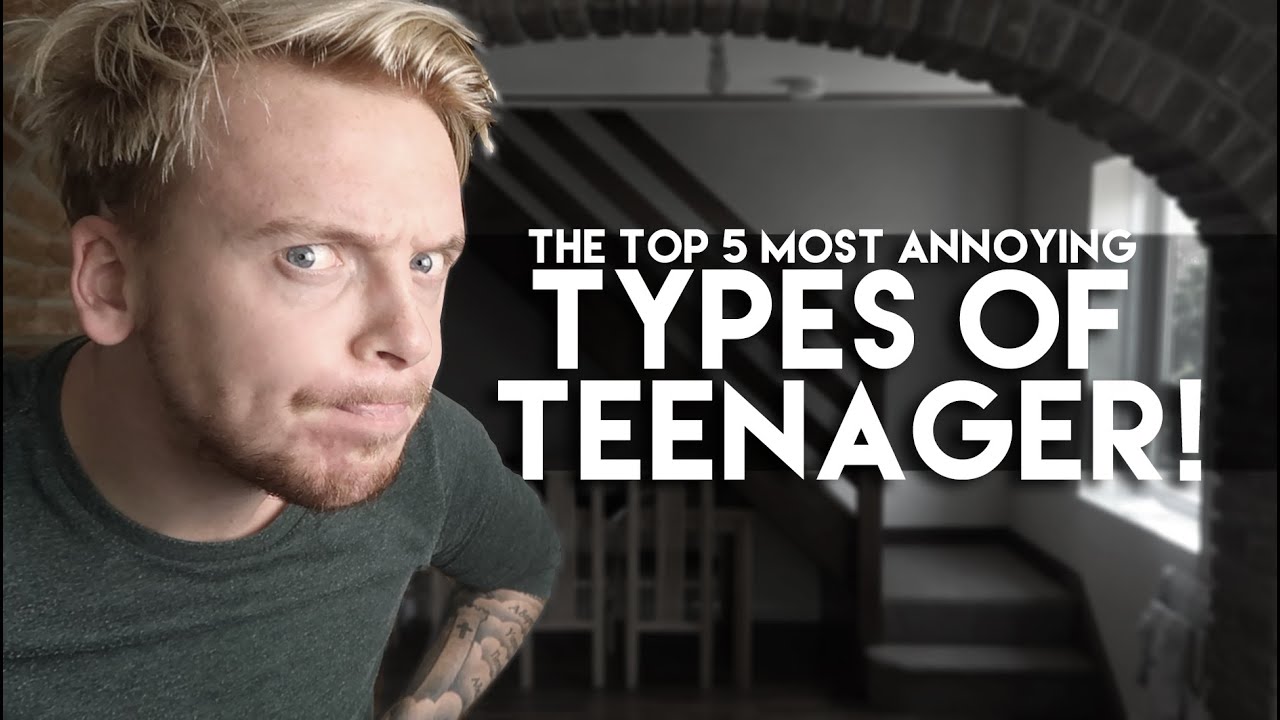
Teenager YouTube: Navigating the Platform and Its Impact
YouTube has become an integral part of teenage culture, serving as a primary source of entertainment, education, and social connection. Understanding the landscape of teenager YouTube, its benefits, potential risks, and how it shapes young minds is crucial for parents, educators, and the teenagers themselves. This article delves into the multifaceted world of teenager YouTube, exploring its influence and providing guidance for safe and responsible usage.
The Allure of YouTube for Teenagers
Why is YouTube so captivating for teenagers? Several factors contribute to its widespread appeal:
- Diverse Content: From gaming and beauty tutorials to educational videos and vlogs, YouTube offers a vast array of content catering to diverse interests. Teenagers can find communities and creators that resonate with their passions.
- Accessibility: YouTube is easily accessible on various devices, including smartphones, tablets, and computers, making it convenient for teenagers to consume content anytime, anywhere.
- Social Connection: YouTube fosters a sense of community through comments, live streams, and interactive content. Teenagers can connect with like-minded individuals and engage with their favorite creators.
- Relatability: Many YouTube creators are teenagers themselves or young adults, making them relatable and approachable figures for young viewers.
- Influence: YouTube influencers often shape trends, opinions, and purchasing decisions among teenagers. Their recommendations can carry significant weight.
The Benefits of Teenager YouTube Consumption
While concerns about excessive screen time and inappropriate content are valid, YouTube also offers several benefits for teenagers:
- Educational Resources: YouTube is a valuable resource for academic support. Teenagers can find tutorials, lectures, and explanations on various subjects, supplementing their classroom learning.
- Skill Development: Many YouTube channels offer tutorials on skills such as coding, graphic design, music production, and video editing. Teenagers can learn new skills and develop their talents.
- Creative Expression: YouTube provides a platform for teenagers to express their creativity. They can create their own videos, share their thoughts and ideas, and build an audience.
- Awareness and Empathy: YouTube exposes teenagers to diverse perspectives and experiences, fostering empathy and promoting understanding of different cultures and viewpoints.
- Community Building: YouTube can connect teenagers with communities based on shared interests, providing a sense of belonging and support.
Potential Risks and Challenges
Despite its benefits, YouTube also presents several risks and challenges for teenagers:
- Inappropriate Content: YouTube‘s vast library includes content that may be inappropriate for teenagers, such as violent, sexually suggestive, or hateful material.
- Cyberbullying: The comment sections and live streams on YouTube can be breeding grounds for cyberbullying, harassment, and online abuse.
- Misinformation: YouTube is susceptible to the spread of misinformation, fake news, and conspiracy theories. Teenagers may struggle to distinguish credible sources from unreliable ones.
- Privacy Concerns: YouTube collects data on users’ viewing habits and preferences, raising concerns about privacy and data security.
- Addiction: Excessive YouTube consumption can lead to addiction, negatively impacting academic performance, social interactions, and mental health.
- Influence of Unrealistic Standards: Many YouTube channels promote unrealistic beauty standards, lifestyles, and consumerism, which can negatively affect teenagers’ self-esteem and body image.
Navigating YouTube Safely and Responsibly
Parents, educators, and teenagers themselves can take steps to navigate YouTube safely and responsibly:
- Parental Controls: Utilize YouTube‘s parental control features to restrict access to inappropriate content and set time limits.
- Open Communication: Talk to teenagers about the potential risks and challenges of YouTube and encourage them to report any inappropriate content or behavior.
- Critical Thinking Skills: Teach teenagers how to critically evaluate information they encounter on YouTube and to identify credible sources.
- Privacy Settings: Help teenagers understand and adjust their privacy settings on YouTube to protect their personal information.
- Balanced Screen Time: Encourage teenagers to balance their YouTube consumption with other activities, such as sports, hobbies, and social interactions.
- Promote Positive Content: Encourage teenagers to seek out and support YouTube channels that promote positive messages, educational content, and healthy lifestyles.
- Be a Role Model: Parents and educators should model responsible YouTube usage and demonstrate critical thinking skills when consuming online content.
The Role of YouTube Creators
YouTube creators bear a significant responsibility in shaping the online experiences of teenagers. Creators should:
- Be Mindful of Their Audience: Creators should be aware of the age and maturity of their audience and tailor their content accordingly.
- Promote Positive Values: Creators should use their platform to promote positive values, such as kindness, respect, and inclusivity.
- Avoid Harmful Content: Creators should avoid creating or promoting content that is violent, sexually suggestive, or hateful.
- Disclose Sponsored Content: Creators should clearly disclose any sponsored content or paid endorsements to maintain transparency and trust with their audience.
- Address Concerns: Creators should be responsive to concerns raised by viewers and address any issues promptly and responsibly.
The Future of Teenager YouTube
YouTube will likely continue to evolve and adapt to the changing needs and interests of teenagers. Emerging trends include:
- Short-Form Video: Platforms like TikTok and YouTube Shorts are gaining popularity among teenagers, emphasizing short, engaging video content.
- Live Streaming: Live streaming is becoming increasingly popular, allowing teenagers to interact with creators in real-time.
- Interactive Content: YouTube is exploring interactive content formats, such as polls, quizzes, and choose-your-own-adventure videos.
- Personalized Recommendations: YouTube‘s recommendation algorithms are becoming more sophisticated, delivering personalized content to individual users.
As YouTube continues to evolve, it is essential for parents, educators, and teenagers to stay informed about the platform’s features, risks, and opportunities. By promoting responsible usage, critical thinking, and open communication, we can help teenagers navigate YouTube safely and maximize its potential for learning, growth, and connection.
Conclusion
Teenager YouTube is a powerful force shaping the lives of young people. While it offers numerous benefits, it also presents potential risks. By understanding these risks and implementing strategies for safe and responsible usage, we can empower teenagers to navigate YouTube effectively and harness its potential for good. Ongoing dialogue and adaptation are key to ensuring that YouTube remains a positive and enriching experience for teenagers.
[See also: Digital Wellbeing for Teens: A Comprehensive Guide]
[See also: Social Media and Mental Health: Understanding the Connection]
[See also: Online Safety Tips for Teenagers: Protecting Yourself in the Digital World]

